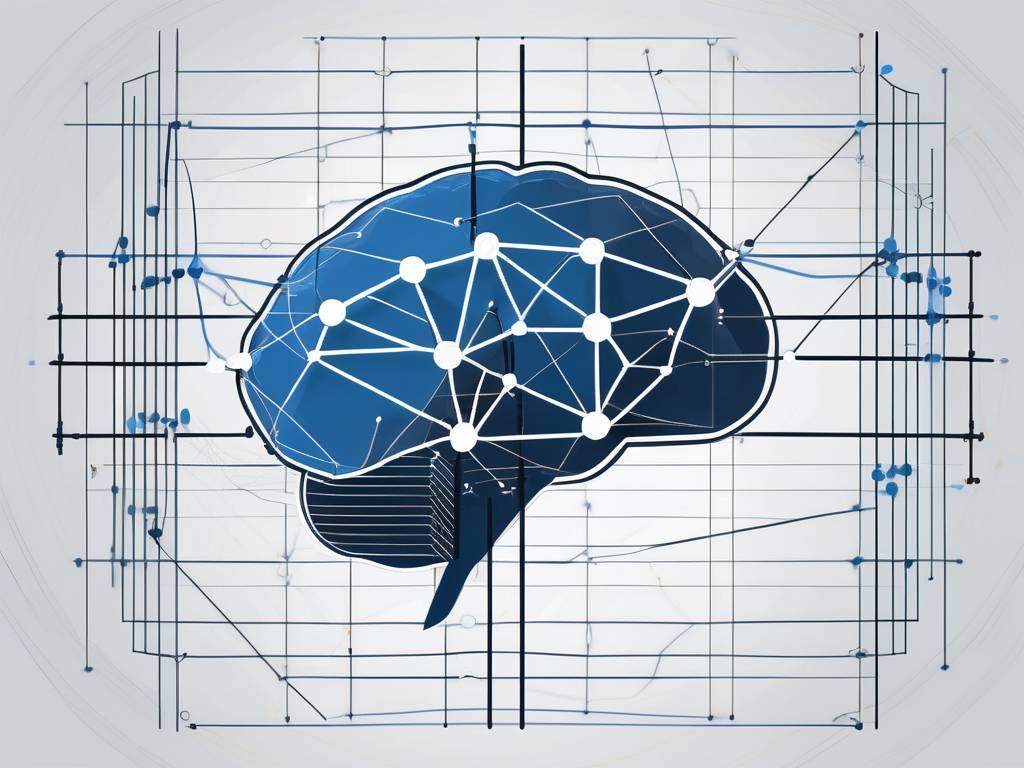Clustering: Machine Learning Explained
Clustering is a fundamental technique in the field of machine learning. It is a type of unsupervised learning method that is primarily used for data grouping based on the principle of maximizing the agreement of the within-group objects while maximizing the disagreement of the between-group objects. This article will provide an in-depth exploration of clustering in machine learning, including its definition, types, algorithms, applications, and challenges.
Understanding clustering is crucial for anyone interested in machine learning, as it is one of the most commonly used techniques for exploratory data analysis. It is also a key component in many advanced machine learning algorithms. This article will provide a basic understanding of clustering, enabling readers to understand its role and importance in machine learning.
Definition of Clustering
Clustering is a technique used in machine learning to group a set of objects in such a way that objects in the same group (called a cluster) are more similar to each other than to those in other groups (clusters). It is a method of unsupervised learning, and a common technique for statistical data analysis used in many fields.
In machine learning, clustering algorithms can be used to automatically group data into clusters, where the number of clusters is often an input parameter. The algorithms aim to find structure in the data by identifying groups of similar data points. These algorithms can be used for a variety of applications, such as image segmentation, anomaly detection, and customer segmentation.
Importance of Clustering
Clustering is important in machine learning because it helps to understand the structure and patterns in the data. By grouping similar data points together, clustering allows us to identify patterns and trends in the data, which can be useful for prediction and classification tasks. It also helps to reduce the dimensionality of the data, making it easier to visualize and understand.
Furthermore, clustering can be used as a preprocessing step for other machine learning algorithms. For example, it can be used to create new features that can be used as input for other algorithms. This can help to improve the performance of these algorithms by providing them with more relevant information.
Types of Clustering
There are several different types of clustering that can be used in machine learning, each with its own strengths and weaknesses. The choice of clustering algorithm can depend on the specific requirements of the task, the nature of the data, and the desired outcome.
The most common types of clustering include partitioning methods, hierarchical clustering, density-based clustering, and grid-based clustering. Each of these types of clustering uses a different approach to group data, and they are often used for different types of tasks.
Partitioning Methods
Partitioning methods divide the data into a set of k groups, where k is a parameter specified by the user. The most common partitioning method is the k-means algorithm, which assigns each data point to the cluster whose mean is closest. The mean of a cluster is calculated as the average of all the data points in the cluster.
Partitioning methods are simple and fast, but they have some limitations. They assume that clusters are spherical and evenly sized, which is not always the case in real-world data. They also require the user to specify the number of clusters, which is not always known in advance.
Hierarchical Clustering
Hierarchical clustering creates a tree of clusters, which can be visualized as a dendrogram. It does not require the user to specify the number of clusters, and it can be used to create a hierarchy of clusters at different levels of granularity.
There are two main types of hierarchical clustering: agglomerative and divisive. Agglomerative clustering starts with each data point as a separate cluster and merges them into larger clusters. Divisive clustering starts with all data points in one cluster and splits them into smaller clusters.
Clustering Algorithms
There are many different clustering algorithms available, each with its own strengths and weaknesses. The choice of algorithm can depend on the specific requirements of the task, the nature of the data, and the desired outcome.
Some of the most commonly used clustering algorithms include K-means, DBSCAN, Hierarchical Clustering, Mean-Shift, Spectral Clustering, and Gaussian Mixture Models. Each of these algorithms uses a different approach to group data, and they are often used for different types of tasks.
K-Means Clustering
K-means is one of the simplest and most commonly used clustering algorithms. It works by partitioning the data into K clusters, where each data point belongs to the cluster with the nearest mean. The algorithm iteratively assigns data points to clusters and updates the cluster means until the assignments no longer change.
While K-means is simple and fast, it has some limitations. It assumes that clusters are spherical and evenly sized, which is not always the case in real-world data. It also requires the user to specify the number of clusters, which is not always known in advance.
DBSCAN Clustering
Density-Based Spatial Clustering of Applications with Noise (DBSCAN) is a density-based clustering algorithm. It works by defining clusters as continuous regions of high density. This allows it to discover clusters of arbitrary shape, which can be a major advantage over methods like K-means that assume clusters are spherical.
DBSCAN does not require the user to specify the number of clusters, but it does require specifying two other parameters: the neighborhood radius and the minimum number of points required to form a dense region. Choosing appropriate values for these parameters can be challenging.
Applications of Clustering
Clustering has a wide range of applications in many fields. It is often used in exploratory data analysis to understand the structure and patterns in the data. It can also be used in many specific applications, such as customer segmentation, image segmentation, anomaly detection, and bioinformatics.
For example, in customer segmentation, clustering can be used to group customers based on their purchasing behavior. This can help businesses to target their marketing efforts more effectively. In image segmentation, clustering can be used to group pixels based on their color or texture, which can be useful in image processing tasks such as object detection and recognition.
Challenges in Clustering
Despite its many applications, clustering also presents several challenges. One of the main challenges is determining the appropriate number of clusters. In many cases, the number of clusters is not known in advance and must be determined from the data. Various methods have been proposed for determining the number of clusters, but there is no universally accepted solution.
Another challenge is dealing with high-dimensional data. As the dimensionality of the data increases, the distance between any two data points tends to become more similar, making it harder to find meaningful clusters. This is known as the “curse of dimensionality”. Various techniques have been proposed to deal with high-dimensional data, including dimensionality reduction and subspace clustering.
Conclusion
Clustering is a fundamental technique in machine learning that is used for grouping similar data points together. It has a wide range of applications in many fields and presents several interesting challenges. Understanding clustering is crucial for anyone interested in machine learning, as it is one of the most commonly used techniques for exploratory data analysis and a key component in many advanced machine learning algorithms.

 hello@westlink.com
hello@westlink.com  (866) 954-6533
(866) 954-6533  700 N Colorado Blvd,
700 N Colorado Blvd,






Comments